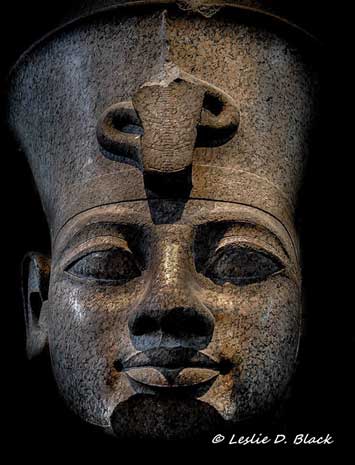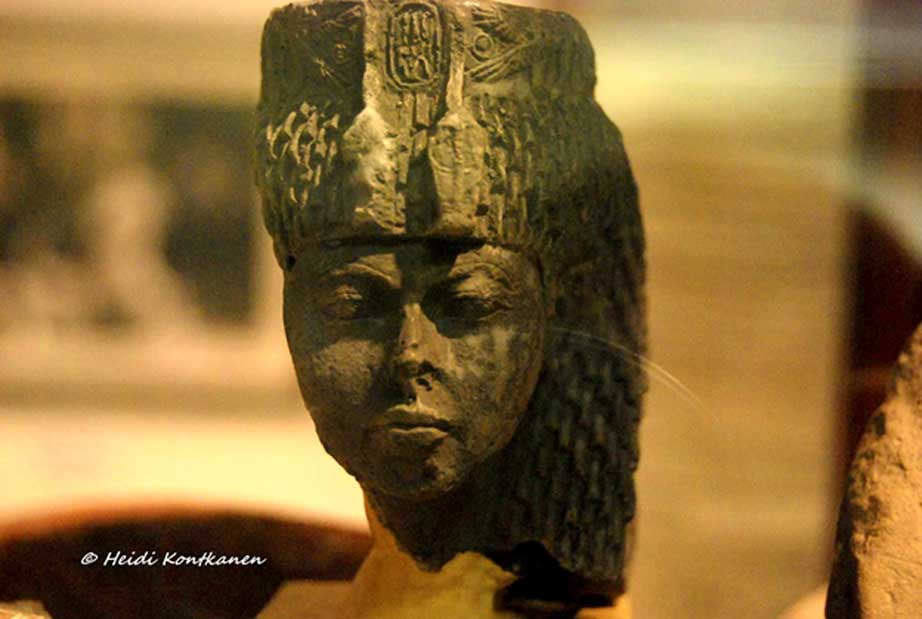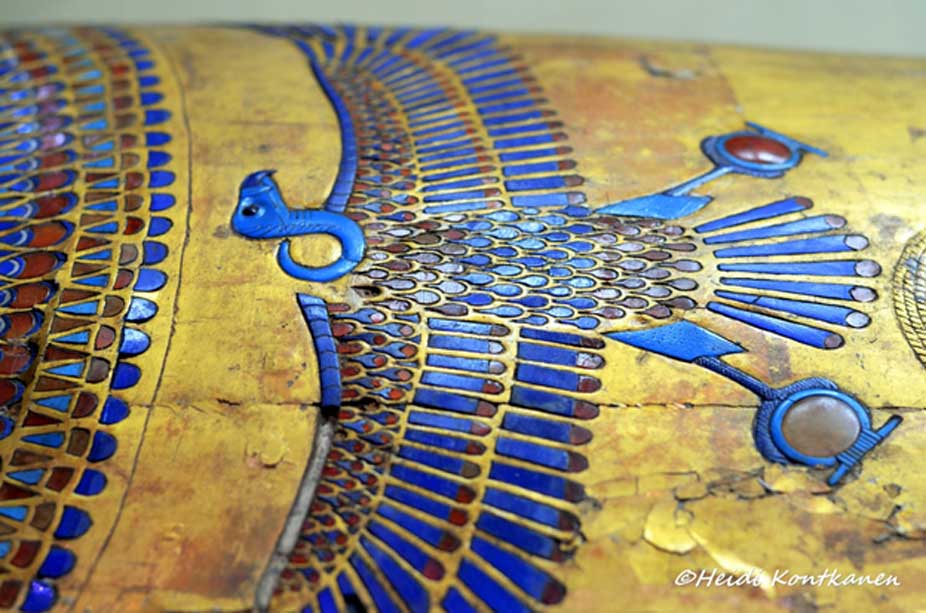
Amenhotep III, the Man and his Monuments: Sparkling Glories of the Magnificent One – Part I
Few pharaohs in ancient Egyptian history could hold a candle to the stupendous achievements of Amenhotep III in various spheres. Everything that this daring king touched turned to gold. Be it diplomacy, art and architecture or geopolitics; the undeniable imprint of Nebmaatre (the prenomen/throne name of the king) was stamped on this glorious age. The still visible, extant vestiges of the embarras de richesses of architectural achievements by this nonpareil sovereign cause every eye that beholds them to marvel in awe.

Head from a monumental red granite statue of Amenhotep III. This statue, wearing the double crown of Upper and Lower Egypt, was found in front of the temple of Khonsupakhered in the temple enclosure of Mut at Karnak. However, it is uncertain if it was originally erected there. British Museum.
The son of the master builder, Pharaoh Thutmose IV, young Amenhotep III (circa 1391 - 1353 BC) was barely 12 years old when he came to the throne and became the 9th pharaoh of the Eighteenth Dynasty. He was born to Queen Mutemwiya, one of the chief wives of Thutmose IV. Married as a child, Queen Tiye (circa 1398 BC – 1338 BC) Nebmaatre’s wife, would be an inseparable and important person in his life. Tiye was not of royal stock, but the daughter of a chariot officer. Her parents were Yuya and Tjuya, and they most probably hailed from the Upper Egyptian town of Akhmim.

The astute and stern matriarch: Small greenstone head identified as Queen Tiye by her cartouches and distinctive uraei headdress. Found by Flinders Petrie in Sinai in 1904. Egyptian Museum, Cairo.
On a Par with Pharaoh
“The known monuments of Amenhotep III stretch from the Delta region in the north to as far south as the Third Cataract in Nubia. More often than not, these monuments survive today in fragmentary form, due to extensive dismantling and reuse by Amenhotep III’s own successors, and due to later, further reuse in post-pharaonic constructions. It should be stressed that this fragmentary material often preserves a tremendous amount of information pertinent to otherwise vanished cult centers and at the very least allows for the identification of a particular monument at a particular site,” explains Raymond Johnson.

Fine detail of the inner anthropoid coffin of Yuya shows the skill of ancient Egyptian craftsmen. The vulture goddess Nekhbet with outspread wings holds two shen rings in her talons. Egyptian Museum, Cairo.
Assessing the impact of the Great Royal Wife Tiye both at court and in the personal life of her husband Amenhotep III, Dr Nicholas Reeves avers: “Tiye was evidently a dominant force during her husband’s reign, her enhanced status reflected in the fact that her name is consistently incorporated into the full pharaonic titulary, while her appearances in both sculpture and relief are frequent and imposing.” True to that observation, we notice that earlier depictions in dyad statuary representing the pharaoh and his queen show the king much taller than his wife. This was a symbolic portrayal of the ruler’s absolute superiority over everyone. But Amenhotep and Tiye were the power couple of the Egyptian empire and did not shy away from flaunting their effortless equation before the entire world.





